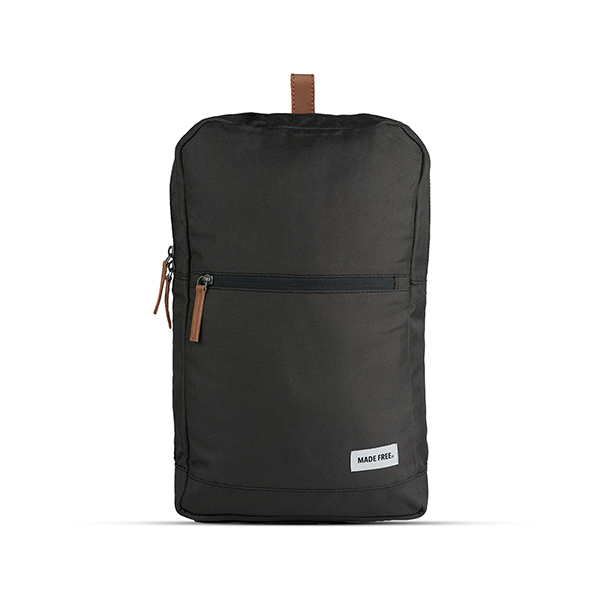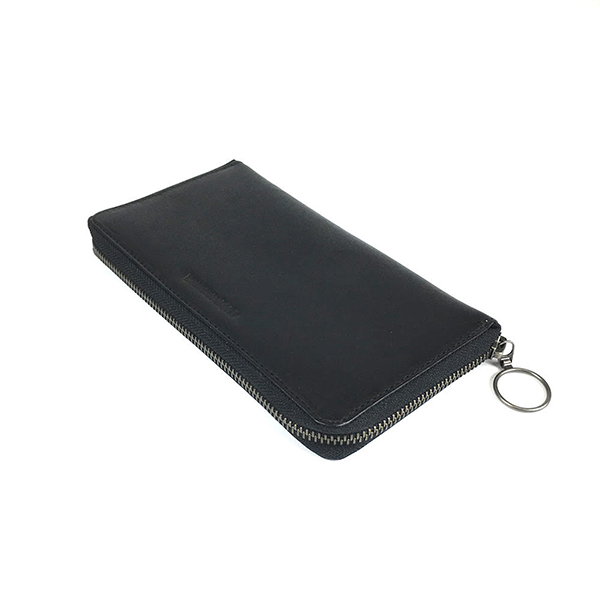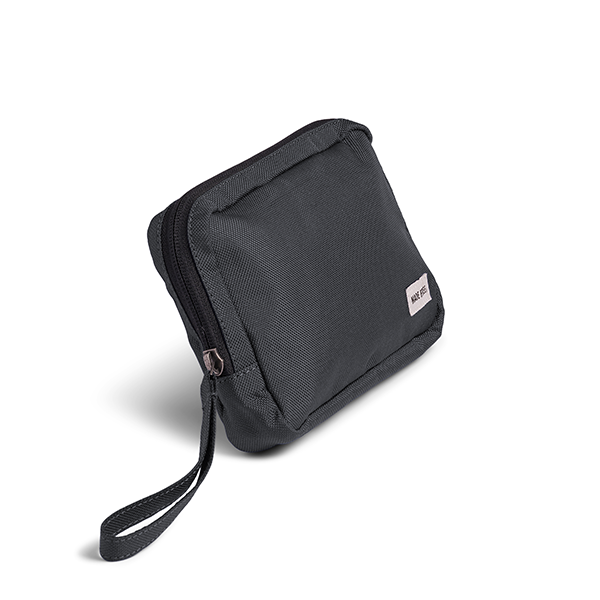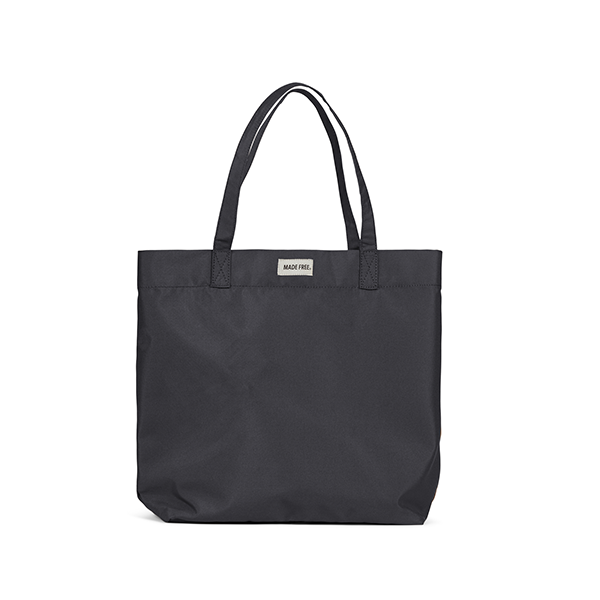
When we hear the term "sustainability," our minds often jump straight to the materials used in products—organic cotton, recycled polyester, bamboo, and the like. While the choice of materials is a critical aspect of sustainability, it's just the tip of the iceberg.
True sustainability encompasses much more, including ethical labor practices, the environmental impact of production processes, and the overall lifecycle of a product. To truly understand what it means to be sustainable, we need to look beyond the materials.
Beyond the Fabric: The Hidden Costs

Pictured: The MADE FREE Hip Pack – ethically made from recycled polyester.
A company may use the most eco-friendly materials, but if their production processes harm the environment or if they exploit their workers, can we really call them sustainable?
Let's take a closer look at a well-known outdoor clothing brand often celebrated for its commitment to using sustainable materials. While this brand has made significant strides in environmental sustainability, they have faced criticism regarding their labor practices.
This company has publicly acknowledged that two thirds of their factories have poor labor conditions and low paying wages. This brings us to a crucial point: sustainability is not just about what goes into the product, but also about how and by whom it is made.
The Human Element
Ethical labor practices are a fundamental pillar of true sustainability. If a company's products are made using sustainable materials but are produced in sweatshops where workers are underpaid and overworked, the sustainability claim is undermined. Workers' rights, fair wages, safe working conditions, and the overall well-being of the people involved in the production process are essential considerations.
According to Walk Free, an estimated 49.6 million people live in modern slavery today. Poor working conditions and minimal pay create a fertile ground for human trafficking and modern slavery. Workers in these conditions are often vulnerable to exploitation, coercion, and abuse. The lack of fair wages and safe working environments can trap individuals in a cycle of poverty and vulnerability, making them susceptible to trafficking networks that prey on their desperation.
When workers are subjected to extreme exploitation, they are deprived of their basic human rights and freedoms. This not only impacts their well-being but also perpetuates a system of inequality and injustice. It's crucial to recognize that sustainability efforts must address these human rights issues to be truly effective.
Sustainability in Every Step of the Supply Chain
Both consumers and companies tend to overlook the earlier stages of the supply chain. To ensure sustainable practices throughout the entire supply chain, it's crucial to consider all stages of production.

For instance, imagine a t-shirt made from 100% organic cotton. If that t-shirt is produced in a factory where workers are subjected to harsh conditions, long hours, and minimal pay, the product's sustainability is compromised. The human cost of production must be accounted for when evaluating a company's sustainability efforts.
A Holistic Approach to Sustainability

Pictured: MADE FREE Makers with the canvas Market Tote in fair trade certified factory.
True sustainability requires a holistic approach that considers the entire lifecycle of a product. This includes:
- Material Sourcing: Using eco-friendly and renewable materials.
- Ethical Labor Practices: Ensuring fair wages, safe working conditions, and the protection of workers' rights.
- Environmental Impact: Minimizing pollution, reducing carbon footprint, and implementing energy-efficient practices.
- Product Lifecycle: Designing products for longevity, promoting recycling, and encouraging a circular economy.
The United Nations' Sustainable Development Goals (SDGs) provide a comprehensive framework for addressing global challenges. They demonstrate that sustainability is about creating a world where everyone can thrive, not just environmentally but also socially and economically. Learn more about how MADE FREE is meeting the SDGs.

Pictured: MADE FREE’s ESG and SDG initiatives play a crucial role in shaping a sustainable future.
How Are Environmental, Social, and Economic Factors Interconnected?
Understanding that sustainability is interconnected matters because it reveals the complex web of impacts our choices have on the world. It's not enough to focus on one aspect while neglecting others. A product may be environmentally friendly, but if it contributes to social injustices or economic instability, it isn't truly sustainable. Here’s how the environmental, economic, and social factors are interconnected:
Economic and Social Stability
Workers who are paid fairly and treated well can contribute more effectively to their communities and economies. This, in turn, can lead to better social outcomes, such as improved health and education and less vulnerability to human trafficking and modern slavery.
Environmental and Social Impact
Pollution and environmental degradation often disproportionately affect the poorest communities. Sustainable environmental practices help protect these vulnerable populations.
Long-term Sustainability
True sustainability requires balancing environmental health, social equity, and economic viability. Ignoring one aspect can lead to the collapse of the entire system.
Consumers' Role in Promoting True Sustainability

Pictured: The MADE BY FREE WOMEN Market Tote.
As consumers, we have the power to drive change by supporting brands that prioritize comprehensive sustainability. This means looking beyond marketing claims and researching how products are made. It involves asking questions about the entire supply chain and holding companies accountable for their labor practices.
Brands like the well-known outdoor clothing company have shown that they are willing to acknowledge and address their shortcomings, but it's vital that consumers push for continuous improvement. By supporting companies that are committed to ethical labor practices and environmental sustainability, we can help create a more equitable and sustainable future.
Final Thoughts
Sustainability is much more than just the materials used in products. It encompasses ethical labor practices, environmental impact, and the entire lifecycle of a product. The Sustainable Development Goals provide a broad framework that covers environmental, social, and economic aspects of sustainability.
As consumers, we must look beyond the surface and demand transparency and accountability from the brands we support. By doing so, we can ensure that sustainability truly benefits both the planet and the people on it.





0 comments